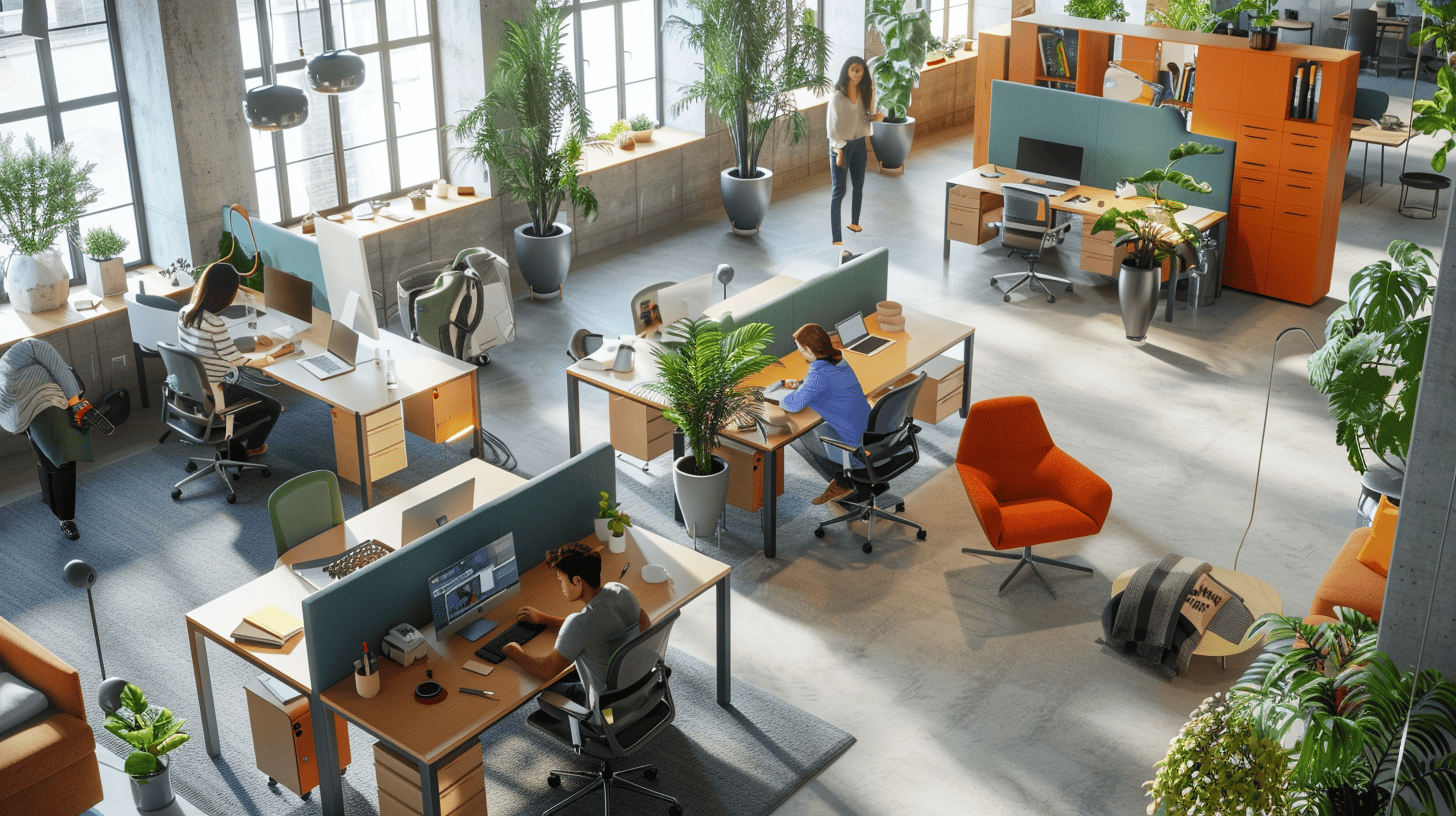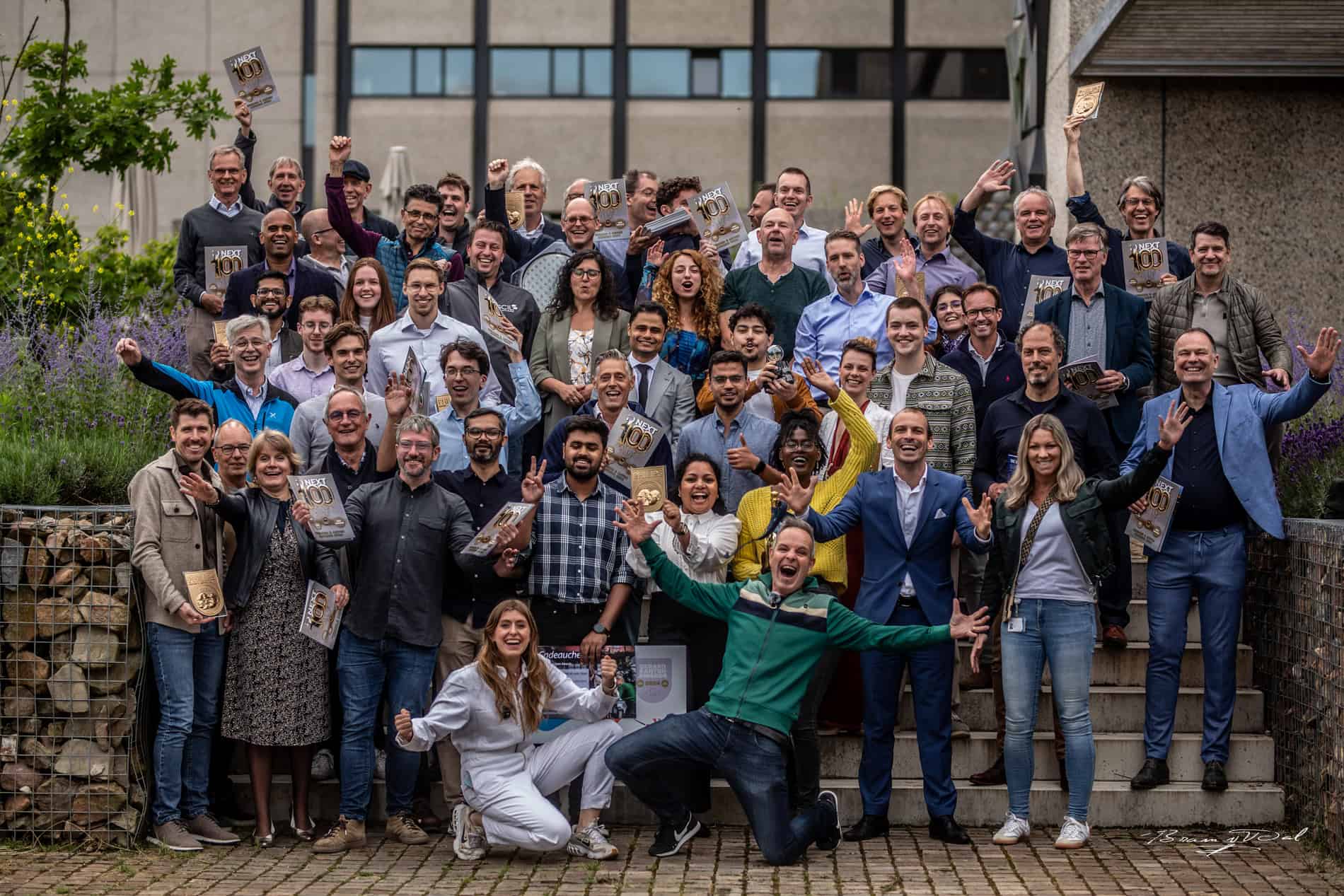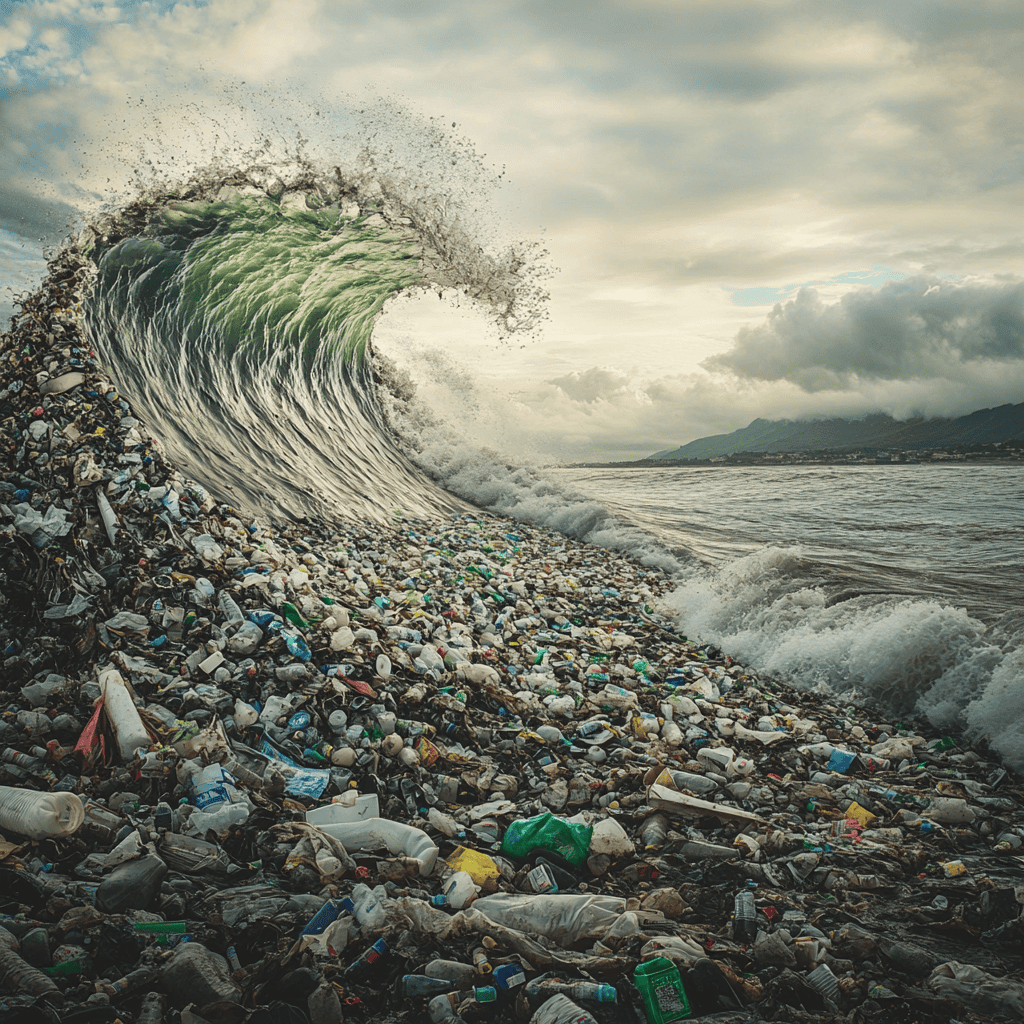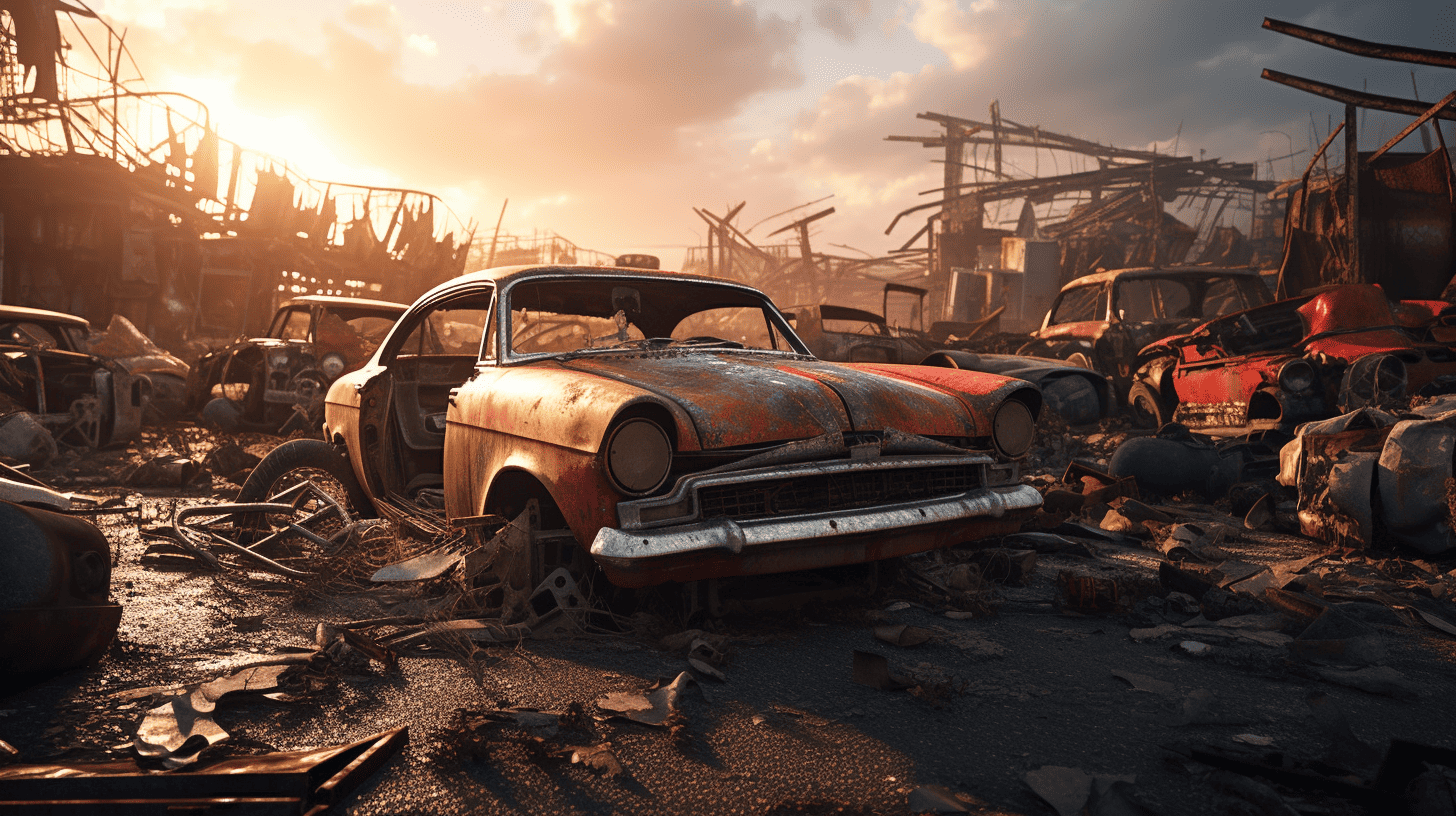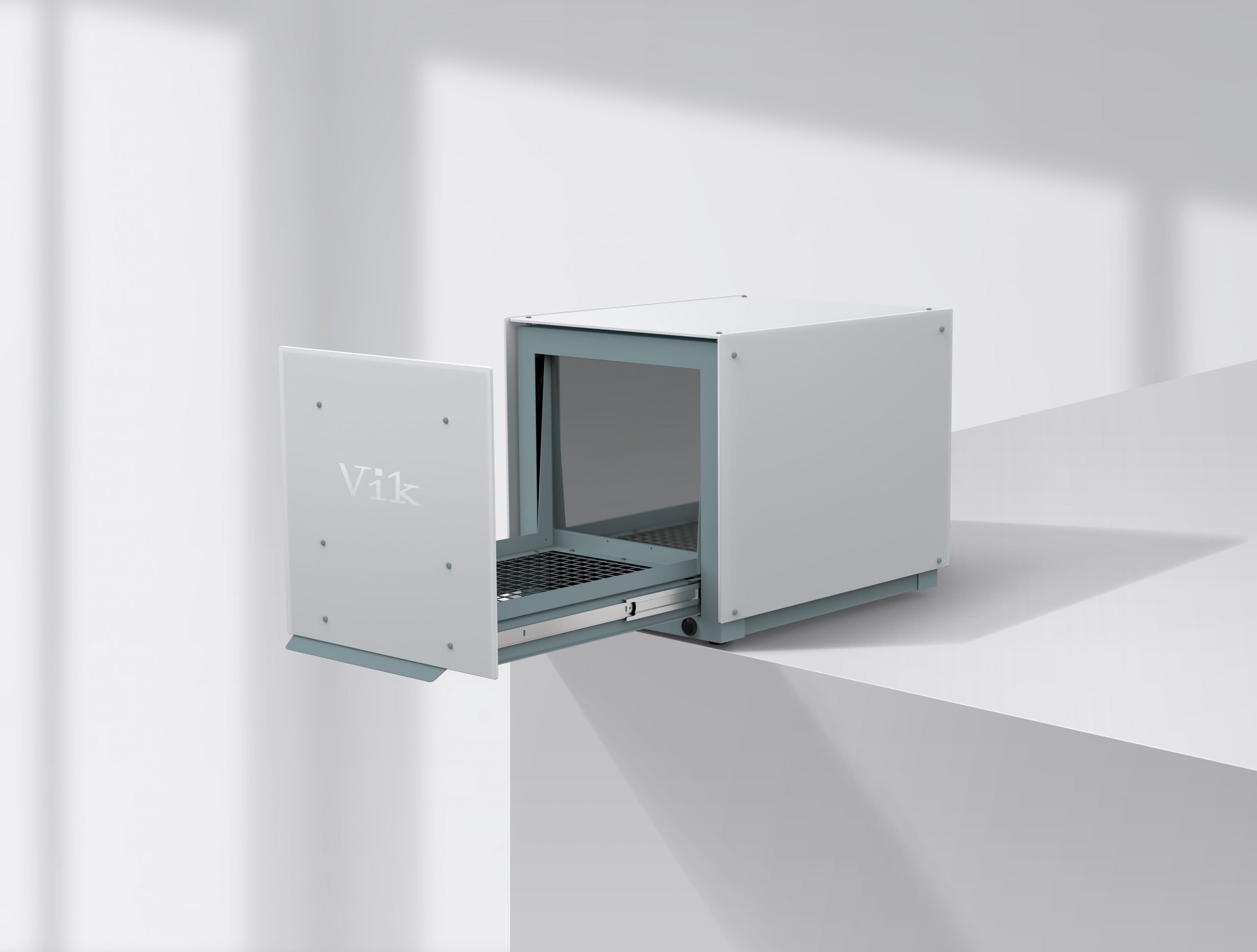
Virtually all suppliers for the business market – and certainly the office sector – can talk about it: because of the Corona measures, a large part of the business activity has come to a standstill. This also applied to De Vorm, the Arnhem-based designer and builder of chairs, tables, and lamps based on recycled PET plastic. Corona came and caused the business to grind to a halt for the most part. It has since recovered, but it still gave De Vorm the opportunity to bring an old idea back to life. Together with partner TH&P, a specialized hardware cleaner that had previously developed a similar concept with the Radboudumc, three machines have been built to decontaminate your devices with UV-C radiation. An ideal tool in times of Corona.
With its UV-C light, Vik, which is the name of the device, kills 99.999% of all bacteria, fungi, and viruses on the surface of whatever you put in it in less than 20 seconds, the company promises. “And that’s faster than anyone else,” says Paul Clappers on behalf of De Vorm. “In hospitals, where you might have a whole series of stethoscopes, such a process may possibly take 20 minutes, but in many other places that’s just far too long.” Speed isn’t the only thing that sets Vik apart from the rest. Clappers: “Not only are the devices we’ve designed fast and safe, but they also look really cool, thanks to our product designers.”
What is UV-C?
There are three types of ultraviolet (UV) radiation: a, b and c. UV-A and -B light penetrates the atmosphere and causes your skin to turn red or brown. UV-C light is blocked by the atmosphere. UV-C has been used since the early 1900s in air purification, water purification and, more recently, in the disinfection of hospitals.
Vik is suitable for laptops up to 17 inches, tablets, keyboards, phones, keys, glasses, watches; basically anything with a hard surface. And those are exactly the markets that Clappers and his colleagues are now focusing on. “Think of stores, waiting rooms and offices. Last week we officially announced Vik and the first demos have already been scheduled. Production is up and running and, depending on demand, we can now quickly scale up and get things running.”
Signify
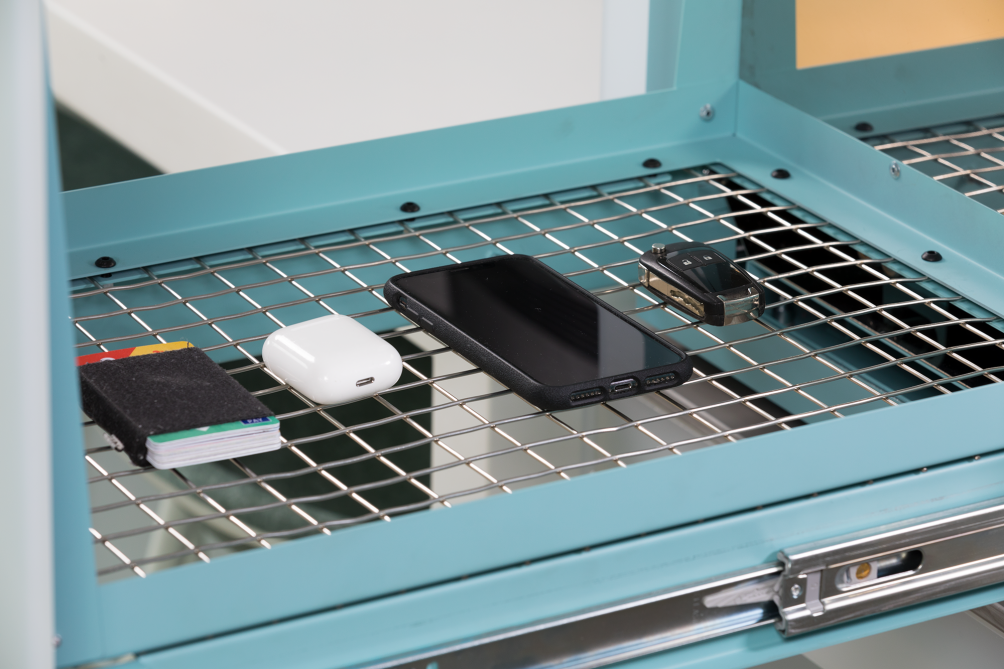
An important part of Vik is the UV-C lamp produced by Signify. Clappers: “Research has shown UV-C radiation to be very effective against the coronavirus and Signify – which has been active in this market for some time – jumped right into that opportunity. In a short period of time a huge market has emerged, because everyone is now looking for solutions for the working environment”. It also means that the demand for UV-C lamps exploded in a short period of time. “Fortunately, we have a direct line with Signify. They found our solution so cool that – after an extensive ballotage – we can now buy our products directly there. Of course, that makes a huge difference.”
Clappers is convinced that Vik is here to stay. “Over the past few months, the world has entered an unprecedented crisis. That has changed how we think about the role of the office, personal hygiene, and our contact with others. Vik was born out of the need to contribute something to that solution. After all, washing your hands makes little sense if you pick up a dirty phone immediately afterward. We will continue to see it in other ways in our society as well. It wouldn’t surprise me if the habit of keeping more distance from each other isn’t going away. A bit like in Japan, where hygiene has been woven into the culture for a long time already. Greeting each other with a bow instead of with three kisses or a hand may become the new norm.”
Safety
UV-c is not harmless. Depending on the intensity and duration of exposure, it can be lethal to any living organism. “Of course, we are fully aware of this. Vik is 100% safe for the environment because the UV-C light cannot escape or penetrate outside the cabinet. Vik also has a mechanism that ensures that everything switches off when the drawer opens.” There’s no risk for the devices inside the cabinet either, Clappers says. “There’s not even a chance of discoloration or any other possibility of damage. What’s more, there’s no waste in the form of chemicals or residue.”




